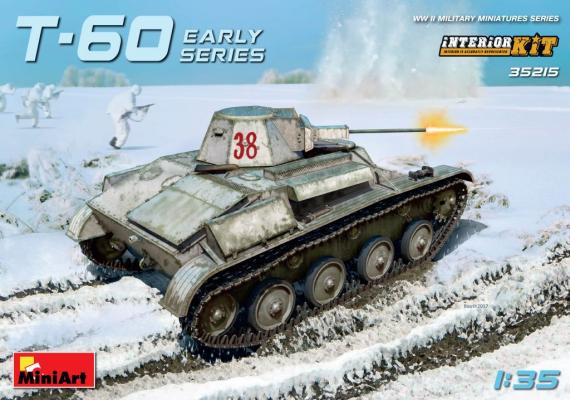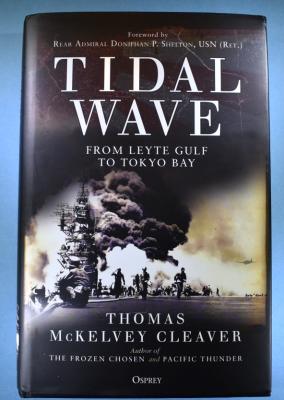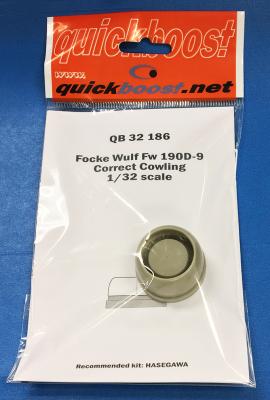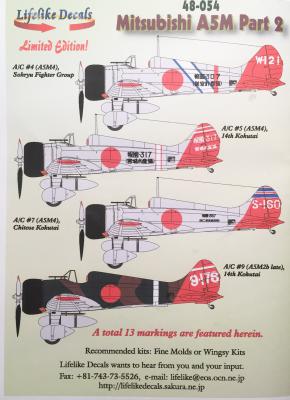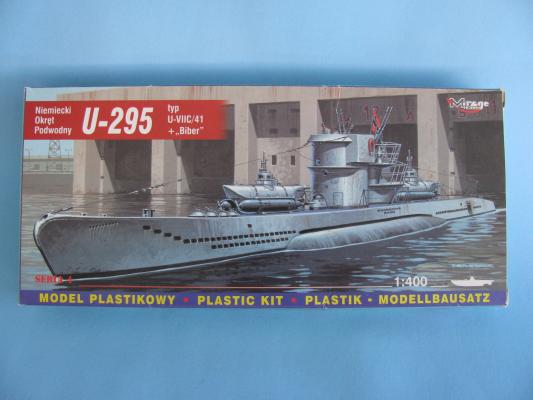The T-60 was a light tank designed for scout and reconnaissance missions that was rushed into production a month after the start of Operation Barbarossa. Over a two-year period, approximately 7,000 of these vehicles were built. The T-60 scout tank was lightly armored, lightly armed with a 20mm canon a a machine gun, that was roundly hated by the two-man crews who operated it. The light armor, less than effective gun and poor engine performance lead to its operators naming it the “brother’s grave for two”. Although it was intended to be a support or reconnaissance vehicle, it often matched up against more superior German armor where it fared very poorly. Until factories could be equipped to produce the T-34, Soviet production continued and efforts were made to upgrade the firepower to a 37mm cannon, but these plans were scraped due to a lack in ammunition, and eventually, the armament upgrades were incorporated into the T-70.
Welcome to the IPMS/USA Reviews site!
Introduction: The primary organization of the IPMS/USA Review website is by IPMS/USA National Contest Class. Within each Class there are sub-menus by kits, decals, books, etc. The Miscellaneous Class is for items that are not class specific or that cross two or more classes.
IPMS/USA Members: We encourage you to submit reviews, both here and to the Journal. To volunteer for membership in the IPMS/USA "Reviewers Corps" and submit your own reviews, please read the Guidelines For Submitting Product Reviews.
Manufacturers, publishers, and other industry members: IPMS/USA is pleased to offer your company the opportunity for product reviews. All product reviews are performed by IPMS/USA members, and are posted in the publicly-accessible section of our website. With very few exceptions, we perform full build reviews of new kit releases, aftermarket products, and supplies. If you would care to provide product samples for review, please contact John Noack, IPMS/USA 1st VP.
To learn more about IPMS/USA, please see our About Us page.
Introduction
In Tidal Wave from Leyte Gulf to Tokyo Bay, Thomas McKelvey Cleaver offers a deep analysis of the political and strategic situation in the last months of the Pacific War, interwoven with engaging accounts of kamikaze raids and aerial combat. He explains how the last months of the Pacific campaign constantly challenged the crews of the US Navy ships, whose pilots conducted continual bombing missions and aerial skirmishes, how the success or failure of the ship’s gunners spelled life or death for their vessels, and how the commanders had to protect their ships from the worst ravages of the Pacific Typhoons.
Quickboost, an Aires Resin division, continues to produce quick and simple resin upgrades for a wide variety of subjects. The detail parts are crisply cast and often add to or correct kit items.
The A5M “Claude” known internally to Mitsubishi as the KA-14 and formally as the Navy Type 96 Navy Carrier-based Fighter was the first all metal monoplane to enter service as carrier-based aircraft. The Claude is the direct predecessor to the A6M “Zero” and did see combat through the beginning of the Second World War but had been pretty much removed from combat by 1942. Late in the war a few were even used as kamikaze aircraft.
If you are looking for a unique addition to your WWII U-boat collection, let me direct your attention to the kits of Mirage Hobby. In one of their latest releases, the company offers a Type VIIC boat equipped with a pair of Biber mini subs, each carrying a pair of torpedoes. Shying away from the typical 1/700 and 1/350 scales for ships, Mirage Hobby offers this and several other submarines molded in 1/400 scale. Modelers with some experience with small parts will have no issues with the construction of this kit.











